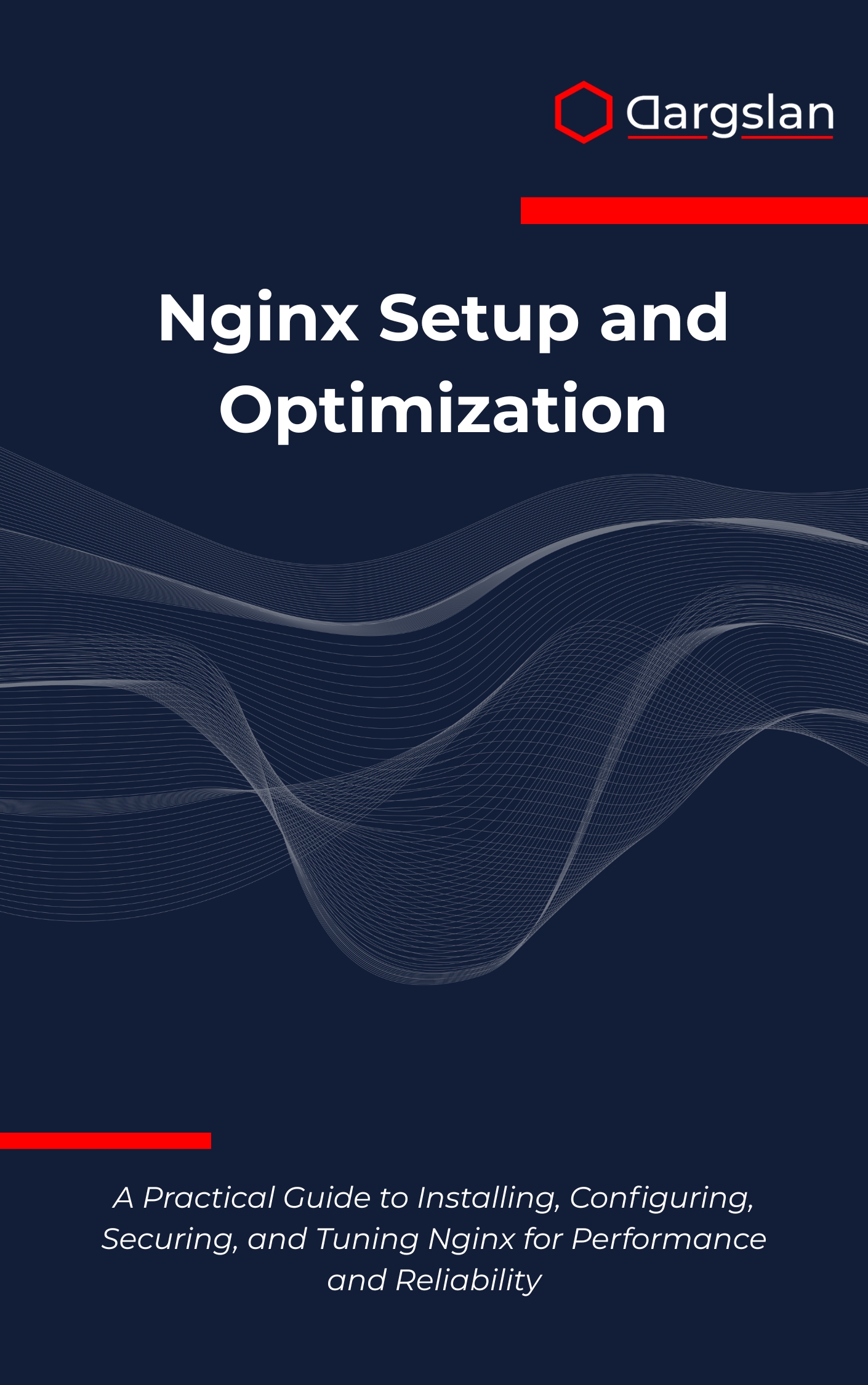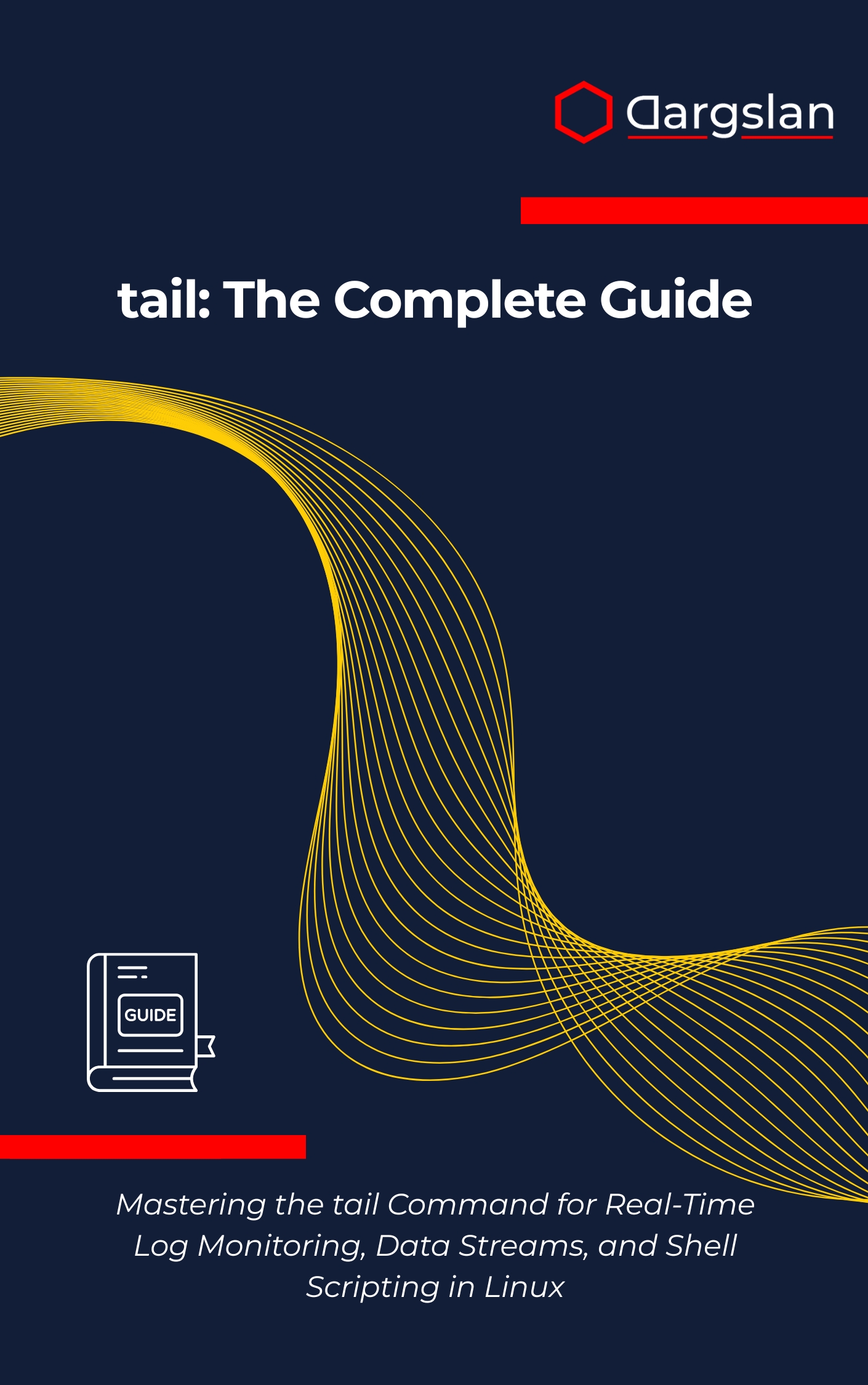Nginx Setup and Optimization
DNS Server with BIND on Linux: A Step-by-Step Guide,Configure and manage DNS using BIND on Linux with practical examples.

When speed, uptime, and security determine your success, mastering Nginx is a competitive advantage. This expertly crafted guide shows you how to build resilient, high-performance web infrastructure that scales gracefully and stays secure under pressure.
From first install to production hardening, you’ll learn a proven, step-by-step approach that turns theory into repeatable results on real servers.
A Practical Guide to Installing, Configuring, Securing, and Tuning Nginx for Performance and Reliability
Overview
This authoritative IT book for Linux professionals and modern web teams delivers Nginx Setup and Optimization — A Practical Guide to Installing, Configuring, Securing, and Tuning Nginx for Performance and Reliability — as a complete, production-focused roadmap. Inside, you’ll master Nginx installation and configuration, server blocks and virtual hosting, reverse proxy and load balancing, SSL/TLS security implementation, performance optimization, security best practices, PHP/Python/Node.js integration, logging and monitoring, caching strategies, production deployment, troubleshooting methodologies, and advanced Nginx features. Designed as both a programming guide and a technical book, it translates best practices into practical patterns you can apply across hosting, optimization, and day-to-day operations.
Who This Book Is For
- Developers and DevOps engineers who want reliable deployments and faster release cycles, with configurations that streamline CI/CD, observability, and zero-downtime updates.
- System administrators migrating from Apache or scaling microservices who need clear steps for reverse proxies, TLS hardening, and resilient load balancing.
- Technical leaders and site owners aiming to reduce costs and outages—learn to tune Nginx for peak performance and turn your web stack into a durable, high-availability platform.
Key Lessons and Takeaways
- Build a rock-solid foundation: install Nginx on Linux, structure server blocks, and design clean, reusable configs that simplify maintenance and scale.
- Secure by default: implement modern SSL/TLS, HSTS, OCSP stapling, and rate limiting to defend against common threats without sacrificing speed.
- Scale and accelerate: use caching, compression, connection tuning, and reverse proxy patterns to boost throughput, cut latency, and handle traffic spikes with confidence.
Why You’ll Love This Book
Every chapter turns complex topics into clear, repeatable actions with checklists, annotated configs, and real-world troubleshooting guidance. You’ll learn not only what to configure, but why it matters, when to use each technique, and how to validate the impact with logs and benchmarks. The hands-on approach means you can apply lessons immediately—whether you’re hosting a single site or orchestrating a fleet of services.
How to Get the Most Out of It
- Follow the guided path: start with core installation and server blocks, then progress to reverse proxying, TLS, caching, and load balancing before tackling advanced tuning.
- Apply as you read: implement each concept on a staging server, validate with curl and browser dev tools, and compare performance metrics before and after.
- Reinforce with mini-projects: create a secure HTTPS site with automatic certificate renewals, build a Node.js upstream with health checks, and add caching rules that cut origin load by 50% or more.
What You’ll Explore in Depth
Get production-ready with pragmatic patterns for upstream management, blue-green and canary releases, graceful restarts, and safe rollbacks. Learn how to instrument logging and monitoring, extract meaningful insights from access and error logs, and wire Nginx into tools like systemd, journald, Prometheus exporters, and alerting pipelines.
You’ll also discover proven techniques for WAF integration, DDoS mitigation, request throttling, and bot filtering. With advanced load balancing strategies—least connections, IP hash, health checks, and circuit breakers—you’ll keep services healthy even under unpredictable traffic.
Real-World Integrations
Bridge Nginx with PHP-FPM, Python (uWSGI/Gunicorn), and Node.js seamlessly, ensuring proper timeouts, buffering, and header forwarding. Configure caching layers for APIs and static assets, leverage ETag and Cache-Control effectively, and reduce origin overhead with smart invalidation rules.
For microservices and containers, learn how to front Kubernetes or Dockerized apps with clean, maintainable configs, separating concerns between routing, security, and application logic for simpler production deployment and ongoing operations.
Performance and Reliability Tuning
Make measurable gains with worker_processes, worker_connections, sendfile, TCP optimizations, gzip/brotli, and upstream keepalive tuning. Use phased approaches to test changes, capture baselines, and iterate safely, so every tweak translates into real performance optimization.
The book’s practical guidance shows how to balance latency, throughput, and resource usage, aligning configuration choices to your specific traffic patterns, hardware, and SLAs.
Troubleshooting with Confidence
Diagnose issues fast with a systematic methodology: reproduce, isolate, inspect logs, validate configs, and benchmark fixes. Learn to read common error signatures, trace upstream failures, and resolve SSL handshake problems, header mishandling, and caching inconsistencies.
Each scenario includes tips, commands, and sanity checks that take the guesswork out of debugging so you can restore service quickly.
Get Your Copy
If you’re ready to ship faster, scale smarter, and sleep better, this is the playbook your web stack has been missing. Build a secure, high-performance Nginx layer that keeps you online when it matters most.




